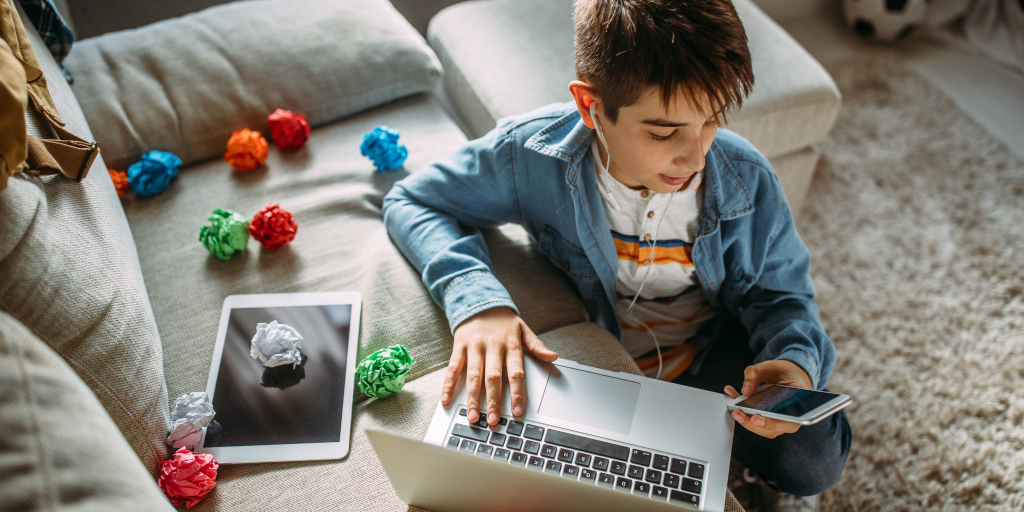
In today’s digital environment, protecting children on social media is a significant concern for many parents. Understanding the complexities of social media use among kids under 16 is crucial in safeguarding their well-being. This guide aims to provide insights and practical advice for managing your child’s social media experience.
As social media becomes more integrated into our daily lives, parents face the challenge of managing their children’s online interactions. The digital landscape presents both opportunities and risks, making it essential for parents to be informed and proactive. Children under 16 are particularly vulnerable, as they may not fully comprehend the potential dangers online. By understanding these challenges, you can better equip yourself to protect your child while allowing them to enjoy the benefits of social media. Just as you might choose reliable platforms like SmartBuyGlasses for quality eyewear, selecting the right tools and strategies for social media safety is crucial.
Identifying the risks
Social media exposes children to several risks, including cyberbullying, privacy issues, and exposure to inappropriate content. Cyberbullying is a significant concern, affecting many young users who may not have developed resilience against online harassment. Additionally, privacy concerns arise as children often unknowingly share personal information that can be exploited. Social platforms sometimes expose young minds to harmful content that can impact their mental health negatively.
The psychological effects of social media on children are profound. Excessive social media use can lead to anxiety, depression, and low self-esteem among young users. As a parent, understanding these impacts is critical in guiding your child through safe and positive online experiences. Encouraging open conversations about these risks can help build awareness and resilience in your child.
Implementing safe social media practices
Establishing safe social media practices within your household is vital for your child’s well-being. Creating a family agreement on social media use can set clear boundaries and expectations for everyone involved. This agreement might include guidelines on time limits for usage, types of acceptable content to share, and rules regarding interactions with others online.
Encouraging an environment where your child feels comfortable discussing their online experiences is equally important. Make it a habit to regularly check in with them about their social media activities and ensure they understand the importance of keeping personal information private. By doing so, you create a safer online space where your child can thrive without unnecessary risks.
Tools and resources for monitoring
To assist in monitoring your child’s social media use, there are various parental control tools and apps available. These tools allow you to track activity, set usage limits, and restrict access to inappropriate content. Several effective tools such as Qustodio and Family Link by Google empower parents with greater control over their child’s online interactions.
Implementing these resources does not mean intruding on your child’s privacy but rather fostering a collaborative approach towards safe internet usage. Educate yourself on how these tools work and discuss their purpose with your child to maintain trust while ensuring their safety. Remember, the goal is not to limit their freedom but to protect them from potential harm.
Teaching children about online safety
Education plays a pivotal role in equipping children with the knowledge they need to navigate social media safely. Open communication about the potential dangers of online platforms should be part of regular discussions at home. Encourage your child to speak up if they encounter anything suspicious or uncomfortable during their online activities.
Teaching your child how to recognize harmful behavior or content is equally important. Role-playing scenarios where children learn how to respond appropriately when faced with online threats or bullying can be beneficial. Instilling confidence in recognizing red flags empowers them to make informed decisions about their online interactions.
Ultimately, balancing screen time with offline activities is crucial in promoting a healthy lifestyle for your child. Encourage participation in hobbies such as sports, arts, or family outings that reduce reliance on screens while enhancing overall well-being. By fostering diverse interests outside of digital realms, you contribute significantly towards nurturing a balanced upbringing for your child.








